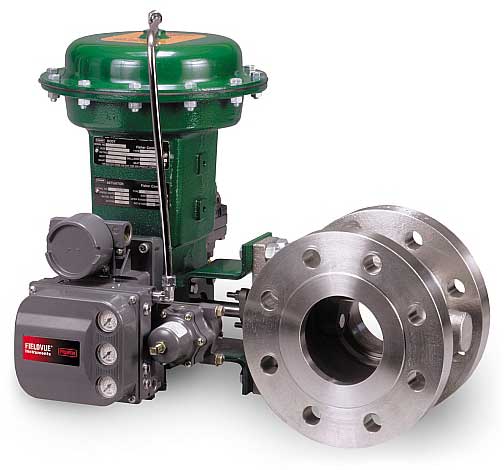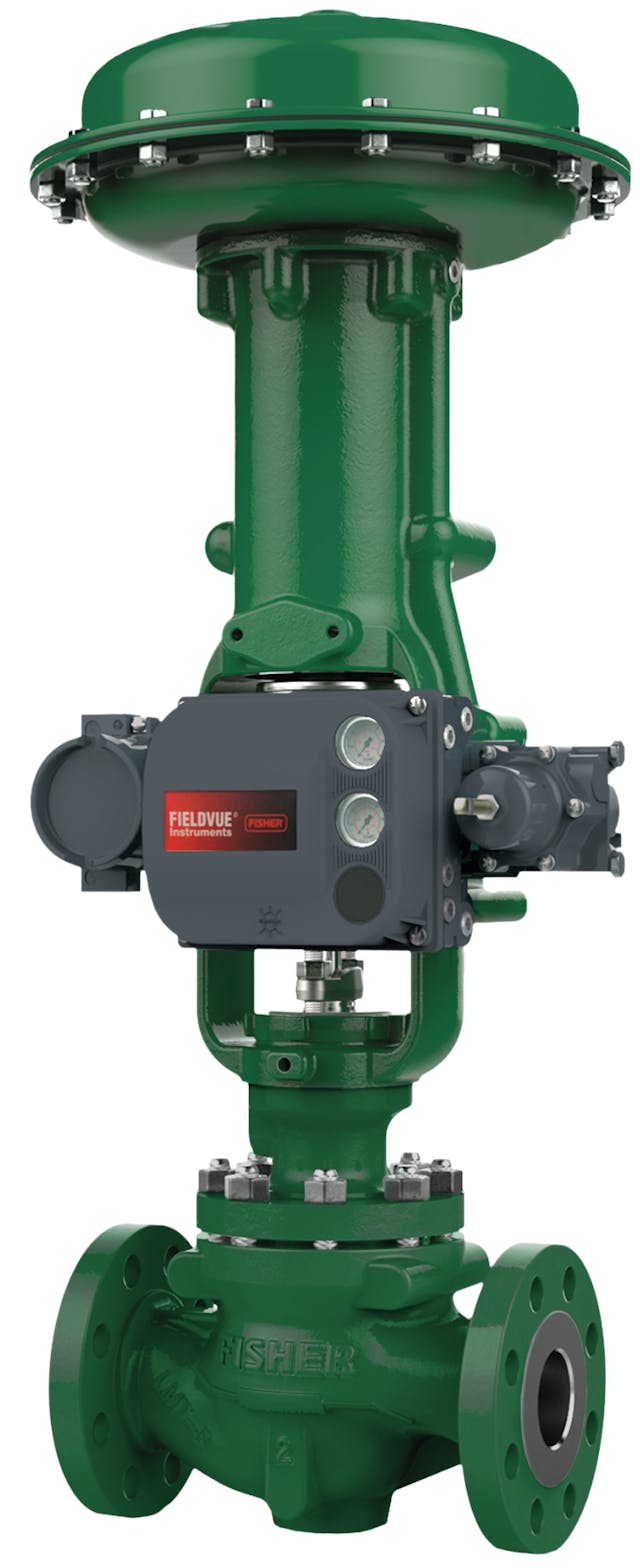The Role of Control Valves in Liquid Circulation Management Solution
The Role of Control Valves in Liquid Circulation Management Solution
Blog Article

Maximize Energy Savings and Convenience With Advanced Structure Automation Controls
In the world of modern-day architecture and facility administration, the combination of innovative building automation controls stands as an essential advancement. By utilizing the power of automation, buildings can adapt, react, and develop in ways that were as soon as inconceivable.
Energy Performance Benefits
Energy efficiency benefits can substantially lower power consumption and operational costs in buildings. By carrying out energy-efficient techniques and technologies, building owners and operators can accomplish substantial cost savings while likewise contributing to environmental sustainability. One of the key benefits of boosting power performance in structures is the decrease of energy costs. Energy-efficient systems, such as innovative structure automation controls, can maximize using sources like lights, air conditioning, and home heating, resulting in reduced power expenses with time.
Moreover, boosted energy performance can extend the lifespan of structure equipment and systems. By running a lot more efficiently, HVAC systems, lighting fixture, and other structure elements experience much less damage, leading to decreased maintenance and replacement prices. In addition, energy-efficient structures typically command greater building values and rental prices, providing lasting financial benefits to proprietors.
Additionally, power effectiveness can enhance owner convenience and productivity. Effectively controlled interior atmospheres with optimal illumination and thermal problems produce an even more favorable and pleasant work area, leading to enhanced employee satisfaction and performance. Generally, the energy effectiveness benefits related to advanced structure automation controls are diverse, encompassing expense financial savings, ecological stewardship, and occupant well-being.
Enhanced Comfort Control
Enhancing convenience control in structure settings calls for an advanced assimilation of advanced automation systems for optimal resident wellness. By using sophisticated structure automation controls, centers can customize the interior atmosphere to satisfy the certain demands and choices of owners. These systems make it possible for precise regulation of ventilation, temperature, and lighting, creating a effective and comfortable atmosphere. Resident contentment and efficiency are very closely connected to thermal comfort, making it necessary to have systems in place that can adjust to transforming conditions in real-time.
Enhanced convenience control surpasses standard temperature level modifications. It includes functions such as tailored setups, occupancy sensors, and natural light utilization to develop a responsive and vibrant atmosphere. By including these innovative controls, structures can not just enhance comfort yet likewise boost energy efficiency by maximizing system operations based upon actual tenancy and use patterns. Eventually, focusing on resident convenience through innovative automation systems results in an extra enjoyable and much healthier indoor setting.
Operational Efficiency Improvements

Furthermore, the implementation of real-time surveillance and analytics tools makes it possible for structure drivers to determine energy inadequacies and operational abnormalities without delay. By continually monitoring power usage patterns and system performance metrics, changes can be made in real-time to enhance energy usage and make certain peak operational effectiveness. control valves. In addition, incorporating demand action strategies into structure automation controls can even more improve functional performance by dynamically adjusting power use based upon grid conditions and rates signals
Indoor Climate Optimization
Effective indoor environment optimization is a basic aspect of building automation controls, making sure owners' convenience and health while making best use of energy savings. By utilizing advanced sensors and controls, building automation systems can continuously monitor and adjust temperature level, moisture levels, air quality, and air flow to develop an optimal interior setting. Keeping comfortable and regular problems not just improves resident complete satisfaction but likewise improves efficiency and overall well-being.
Interior environment optimization also plays an important role in power performance. By fine-tuning air flow, air conditioning, and home heating systems based upon real-time information and tenancy patterns, developing automation controls can dramatically reduce energy usage - control valves. Implementing approaches such as demand-controlled ventilation and thermal zoning can aid decrease energy waste while ensuring that each location of the building receives the needed conditioning.

Sustainable Setting Production
Structure automation regulates not only optimize look at this now indoor climate conditions for energy performance and occupant convenience but also lay the foundation for producing a lasting environment with critical management of systems and resources. By incorporating advanced structure automation innovations, such as sensing units, actuators, and intelligent software program, centers can adjust and keep an eye on power usage in real-time to reduce waste and lower their carbon footprint. These systems enable predictive maintenance, recognizing possible concerns before they intensify and enhancing devices efficiency to enhance durability and performance.
Moreover, click over here lasting atmosphere development expands beyond energy administration to include water preservation, waste decrease, and indoor air high quality enhancement. Structure automation controls can regulate water use, discover leakages, and make sure appropriate garbage disposal practices, contributing to general sustainability efforts. Furthermore, by controlling and keeping track of air flow and filtering systems, these technologies improve resident health and wellness and productivity while reducing power consumption related to heating and cooling operations.
Final Thought
In verdict, advanced structure automation controls deal considerable benefits in terms of power savings, comfort control, functional performance, indoor climate optimization, and producing a lasting setting. By executing these controls, structures can achieve ideal efficiency while reducing energy usage and enhancing owner comfort. It is evident that making use of sophisticated automation modern technology is important in boosting building performance and producing an extra sustainable future.
Energy effectiveness advantages can considerably reduce power usage and functional costs in structures. Overall, the power efficiency advantages linked with advanced structure automation controls are diverse, including price financial savings, ecological stewardship, and passenger wellness.
Additionally, integrating need reaction techniques right into structure automation controls can even more improve operational effectiveness by dynamically adjusting energy use based on grid conditions and pricing signals.
Structure why not look here automation controls not just optimize indoor environment conditions for power performance and resident convenience yet likewise lay the foundation for creating a sustainable setting via strategic administration of sources and systems.In final thought, advanced structure automation manages deal considerable benefits in terms of power cost savings, comfort control, functional effectiveness, interior environment optimization, and developing a sustainable atmosphere.
Report this page